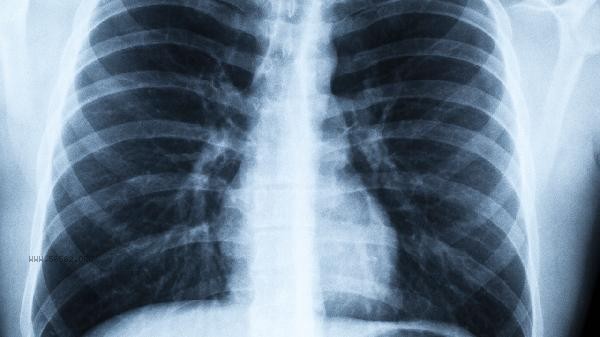The most effective methods to increase lung capacity include abdominal breathing training, aerobic exercise, respiratory muscle training, smoking cessation and alcohol restriction, and improving body shape.
1. Abdominal breathing training:

Abdominal breathing can fully activate the diaphragm and increase lung ventilation efficiency. When practicing, lie flat or sit upright, place one hand on your abdomen, slowly inhale through your nose to make your abdomen bulge, hold your breath for 2 seconds, and then slowly exhale through your mouth until your abdomen is sunken. Practice 3 sets per day, 10 times per set, gradually extending the inhalation time to 6 seconds. Long term persistence can increase lung capacity by 15% -20%, especially suitable for sedentary individuals.
2. Aerobic exercise:
Continuous aerobic exercise such as swimming, jogging, and cycling can enhance cardiovascular and pulmonary function. When swimming, the water pressure forces the respiratory muscles to do more work. It is recommended to do breaststroke for 30 minutes three times a week; Slow jogging adopts interval training method, running fast for 1 minute and then walking slowly for 30 seconds, with 8 cycles. After regular exercise for 3 months, the average lung capacity can increase by 300-500 milliliters.
3. Respiratory muscle exercise:

Using a respiratory trainer for resistance exercises can specifically strengthen the respiratory muscle group. Choose an adjustable resistance trainer, start from the lowest gear, maintain a stable flow rate during inhalation, and practice 2 groups of 15 times per day. Cooperate with balloon blowing practice, take a deep breath and blow the balloon to its maximum in one go, 3 times a week. After 6 weeks, the maximum ventilation volume can be increased by 12%.
4. Smoking cessation and alcohol restriction:
Tar in tobacco can damage alveolar elasticity, and smokers' lung capacity decreases by 30 milliliters per year. After completely quitting smoking for 6 months, lung function can recover to 80% of its pre decline level. Alcohol suppresses the respiratory center, and drinking more than 50 grams of alcohol per day can lower blood oxygen saturation. It is recommended that men consume no more than 25 grams of alcohol per day.
5. Improving body posture:
hunchback compresses chest volume, reducing lung capacity by 20%. Maintain a sitting posture with a straight chest and a tight abdomen, and do chest expansion exercises every hour during work: take a deep breath when the arms are extended backwards, exhale when the arms are closed forwards, repeat 10 times. The cat cow and mountain standing movements in yoga can correct spinal shape, and practicing three times a week can increase chest range of motion.

Daily consumption of citrus fruits and dark green vegetables rich in vitamin C can help repair alveolar epithelial cells; Combining deep breathing with moderate intensity exercises such as brisk walking and stair climbing; Maintain a lateral position during sleep to reduce respiratory resistance. Continuous systematic training for at least 3 months is required to improve lung capacity. It is recommended to monitor the progress with a spirometer every month. If chest tightness and shortness of breath occur after exercise, it is necessary to promptly screen for cardiovascular diseases. Pregnant women and asthma patients should develop personalized plans under the guidance of doctors.








Comments (0)
Leave a Comment
No comments yet
Be the first to share your thoughts!